The Aviation Safety Counsel (ASC) yesterday published its findings in a report on the China Airlines plane that broke into pieces over the sea between Taiwan and Hong Kong in May 2002. The report blamed cracks in the plane's fuselage, as well as poor maintenance as the cause of the crash that killed all 225 passengers on board.
On May 25, 2002, the CAL flight CI-611, a Boeing 747-200 jumbo jet, broke apart and plunged into the Taiwan Strait 23 nautical miles northeast of Penghu County shortly after takeoff from CKS International Airport.
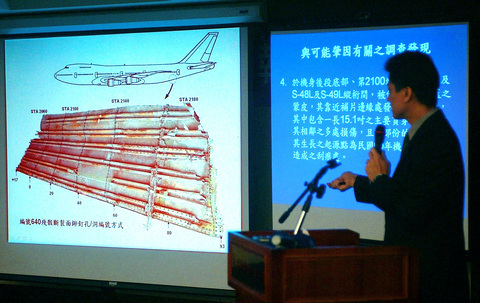
PHOTO: CNA
After more than two years of analyzing information gathered from the plane's flight data recorder, air traffic control, wreckage distribution and a reconstructed section of the fuselage, the ASC concluded that a 180.34cm crack on the fuselage resulted in the in-flight breakup at the altitude of 10,668m, killing 206 passengers and 19 crew members.
According to the ASC, the fatigue crack in the aircraft could be dated back to an accident that took place 25 years ago. On Feb. 7, 1980, the aircraft suffered damage when its tail touched the ground while landing in Hong Kong. Although the damaged plane was shipped back to Taiwan and underwent temporary repairs the day after the incident, permanent repairs conducted by the nation's largest carrier, China Airlines, were flawed.
"China Airlines did not repair the [damage] in accordance with Boeing's [structural repair manual]. The damaged skin should have been either trimmed or removed as the standard procedure required. But the repairs did not extend sufficiently beyond the damaged area and thus, did not restore structural strength," said ASC Chairman Kay Yong (
The ASC believes that the pre-existing fissures on scratched surface, and after not having been properly fixed, deepened and grew to a 180.34cm crack as a result of pressurization and de-pressurization during flights.
"A crack measuring 180.34cm in length is long enough to cause structural separation in the fuselage. It is the root cause of the in-flight breakup of the aircraft," said Thomas Wang (王興中) head of the ASC's investigation team.
Although the ASC could not confirm exactly when the fuselage came apart, the Cabinet-level aviation authority criticized the air carrier for not finding the damage to the aging aircraft in regular checkups over the past 25 years.
CAL officials, however, rebuked the ASC's report and questioned its findings.
"Since the section of the aircraft that is suspected of causing the crash was not found, the information is not conclusive enough to determine the exact cause of the accident," CAL said in a statement.
"The ASC said that they have found 75 percent of the aircraft, but they actually collected only 50 percent of the damaged section 46, the key part needed to determine the cause of the crash," said CAL spokesman Roger Hen (
While openly disputing the ASC's findings, the air carrier objected to the claim that maintenance oversight was also to blame.
"Our checkups are conducted in compliance with the SRM [structural repair manual]. Boeing stated clearly that if repairs are done in accordance with the SRM, there is no need to report it to the aircraft manufacturer," Hen said.
According to the regulations of Boeing's Repair Assessment Program, aircraft should have undergone inspections upon reaching of 22,000 flights. Yet the accident occurred when the jet completed its 21,398th flight, a few times of landing and take-off away from the maintenance program's maximum threshold.
Civil Aeronautics Administration (CAA) slammed that the ASC's report, accusing the agency of failing to find the actual cause of the crash.
"How could the ASC jump hastily its conclusions when half of the [section in question] has yet to be found?" said CAA director-general Billy Chang (張國政).
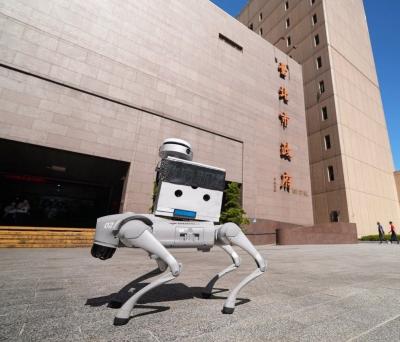
The inspection equipment and data transmission system for new robotic dogs that Taipei is planning to use for sidewalk patrols were developed by a Taiwanese company, the city’s New Construction Office said today, dismissing concerns that the China-made robots could pose a security risk. The city is bringing in smart robotic dogs to help with sidewalk inspections, Taipei Deputy Mayor Lee Ssu-chuan (李四川) said on Facebook. Equipped with a panoramic surveillance system, the robots would be able to automatically flag problems and easily navigate narrow sidewalks, making inspections faster and more accurate, Lee said. By collecting more accurate data, they would help Taipei
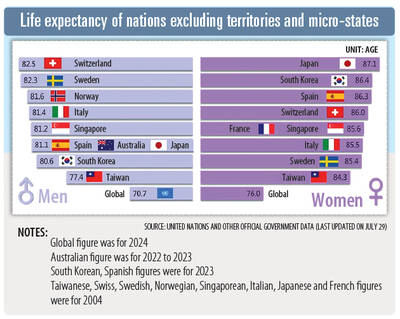
STATS: Taiwan’s average life expectancy of 80.77 years was lower than that of Japan, Singapore and South Korea, but higher than in China, Malaysia and Indonesia Taiwan’s average life expectancy last year increased to 80.77 years, but was still not back to its pre-COVID-19 pandemic peak of 81.32 years in 2020, the Ministry of the Interior said yesterday. The average life expectancy last year increased the 0.54 years from 2023, the ministry said in a statement. For men and women, the average life expectancy last year was 77.42 years and 84.30 years respectively, up 0.48 years and 0.56 years from the previous year. Taiwan’s average life expectancy peaked at 81.32 years in 2020, as the nation was relatively unaffected by the pandemic that year. The metric
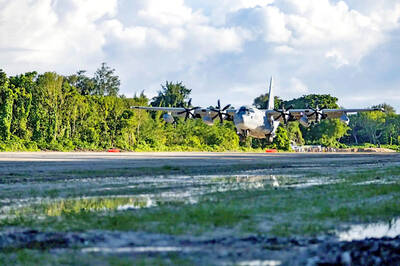
TAKING STOCK: The USMC is rebuilding a once-abandoned airfield in Palau to support large-scale ground operations as China’s missile range grows, Naval News reported The US Marine Corps (USMC) is considering new sites for stockpiling equipment in the West Pacific to harden military supply chains and enhance mobility across the Indo-Pacific region, US-based Naval News reported on Saturday. The proposed sites in Palau — one of Taiwan’s diplomatic allies — and Australia would enable a “rapid standup of stored equipment within a year” of the program’s approval, the report said, citing documents published by the USMC last month. In Palau, the service is rebuilding a formerly abandoned World War II-era airfield and establishing ancillary structures to support large-scale ground operations “as China’s missile range and magazine
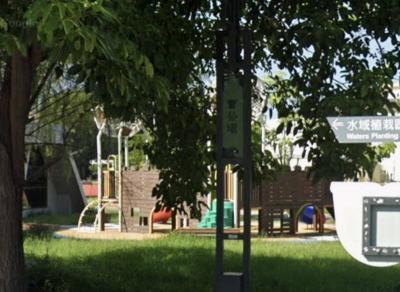
A 72-year-old man in Kaohsiung was sentenced to 40 days in jail after he was found having sex with a 67-year-old woman under a slide in a public park on Sunday afternoon. At 3pm on Sunday, a mother surnamed Liang (梁) was with her child at a neighborhood park when they found the man, surnamed Tsai (蔡), and woman, surnamed Huang (黃), underneath the slide. Liang took her child away from the scene, took photographs of the two and called the police, who arrived and arrested the couple. During questioning, Tsai told police that he had met Huang that day and offered to